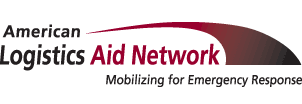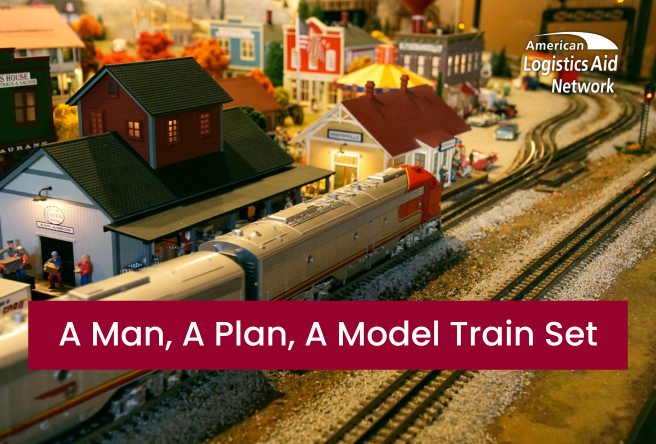It may still only be July. But here in the Fulton household, we’re already thinking about Christmas.
No, not the Hallmark Channel’s “Christmas in July.” And not Christmas presents either, although I do have to admit I already have a couple stashed away.
Our current discussions are all about Christmas decorations – especially the kind that bear a strong resemblance to the Polar Express.
You see, my husband took up model trains when he retired. (Yes, I knew he was a nerd when I married him.) And as I write this, he’s deep into the design phase for his new holiday season layout. Or should I say, he’s deep into a major design marathon?
He recently had shoulder surgery so he’s been unable to move forward with building and set-up like he ordinarily would have. As a result, instead of spending time in his workshop cutting wood and foam pieces, he’s been spending hours gathering ideas from YouTube — and making numerous ultra-detailed sketches that will eventually help him turn our home into another train-filled winter wonderland.
At first, I found this hyperfocus to be a bit frustrating. After all, how much planning does a model train scenario really require?
But then I realized it’s actually a good thing, because this year we’re in a different home with a smaller footprint. Our previous residence had a lot of open space, so his train displays didn’t need to be very precise. But our new one doesn’t, so he’s going to need to figure out how to be more efficient with his use of space and make the most of every available square foot, especially if we want to be able to move around without tripping over train tracks and locomotives.
Why am I telling you this? Partially because I just wanted to vent about the numerous boring videos I’ve had to listen to in the background 24/7. But also because I think taking the time to plan and be precise while we have the time – and before things get hectic — is a important best practice for us all.
The next disaster is coming. We don’t know when, or where, or what. But we know that we’ll need good plans. Just as important, we know that because landscape has changed since this time last year, the plans and the response we need for the next disaster won’t look exactly like the plans and response that we successfully used for the last one.
To get ready, we’ll probably need to take some extra time away from doing to focus on planning.
One way ALAN is getting ready is by creating a series of logistics capability and capacity assessments, thanks to a grant from the Walmart Foundation. These studies will be used to help communities better plan what their logistics activities should look like in the next disaster. I’ll share about where we are with this work, what happens next, and how you can participate in subsequent ALAN blogs and some of our newsletters, so keep your eyes peeled.
Meanwhile, I encourage you and your organization to spend some extra time shoring up your own disaster planning efforts, even if it feels like it’s a little too much or a little too soon. And if you happen to have an extra set of noise-canceling headphones? Feel free to send them my way.

